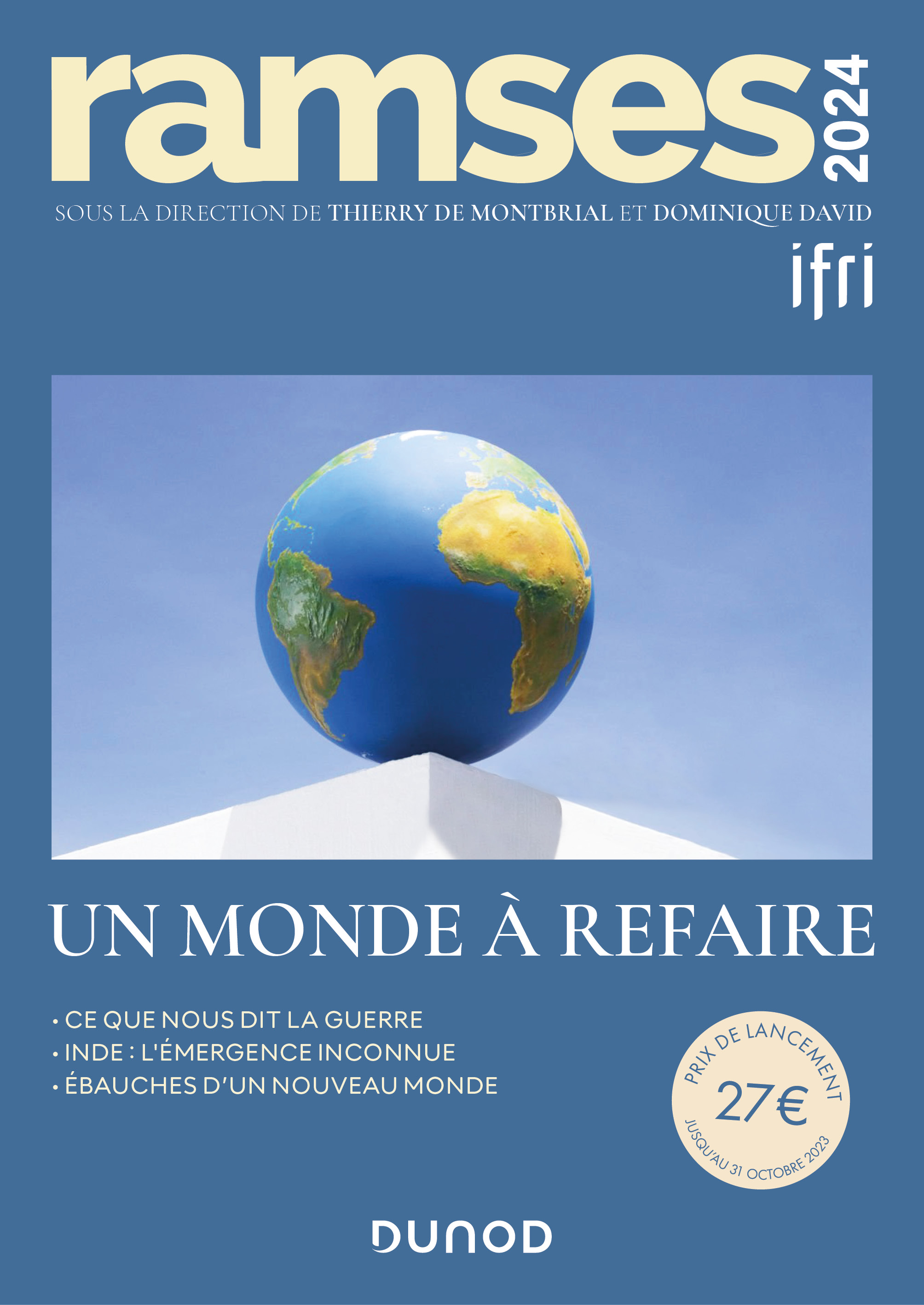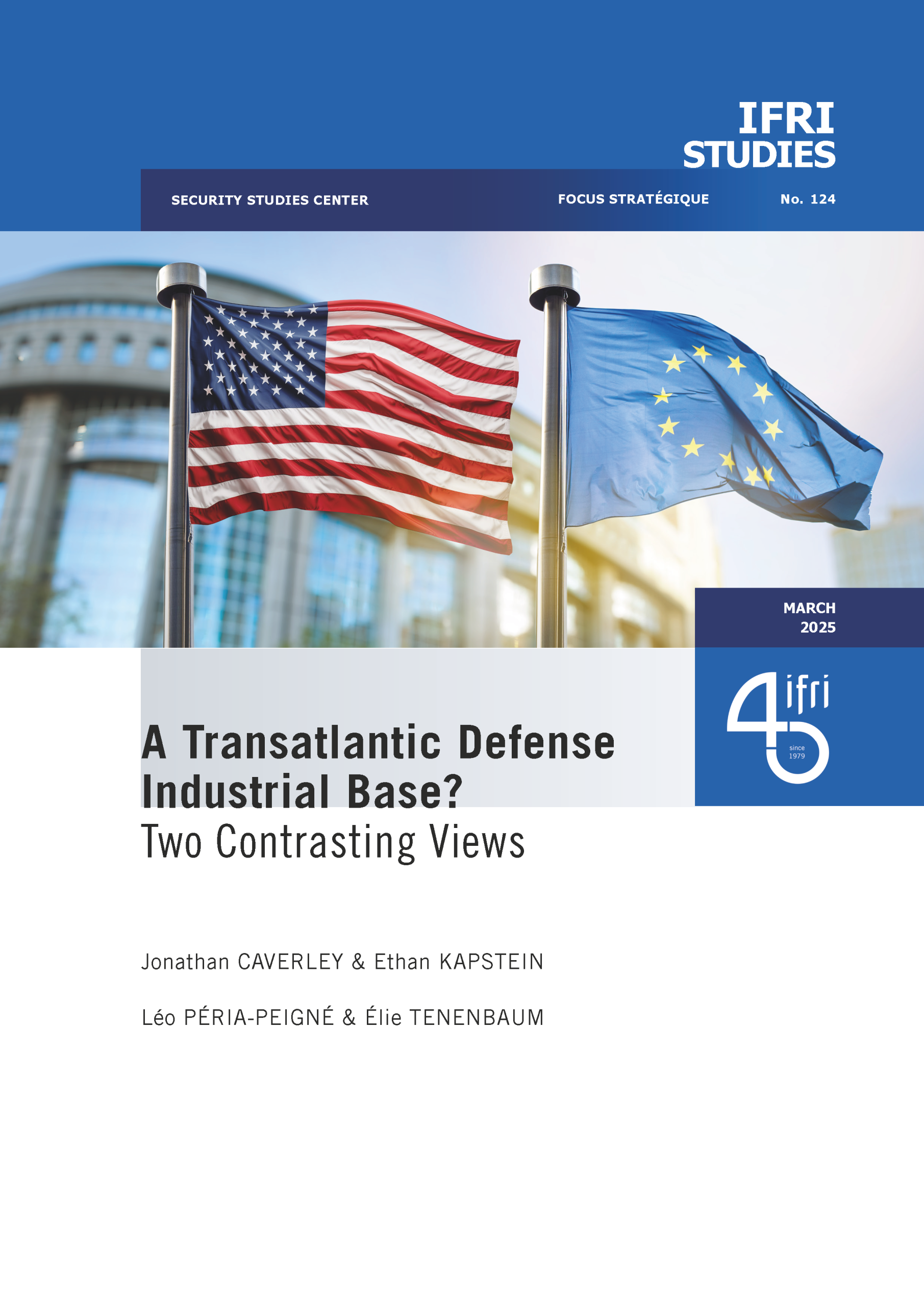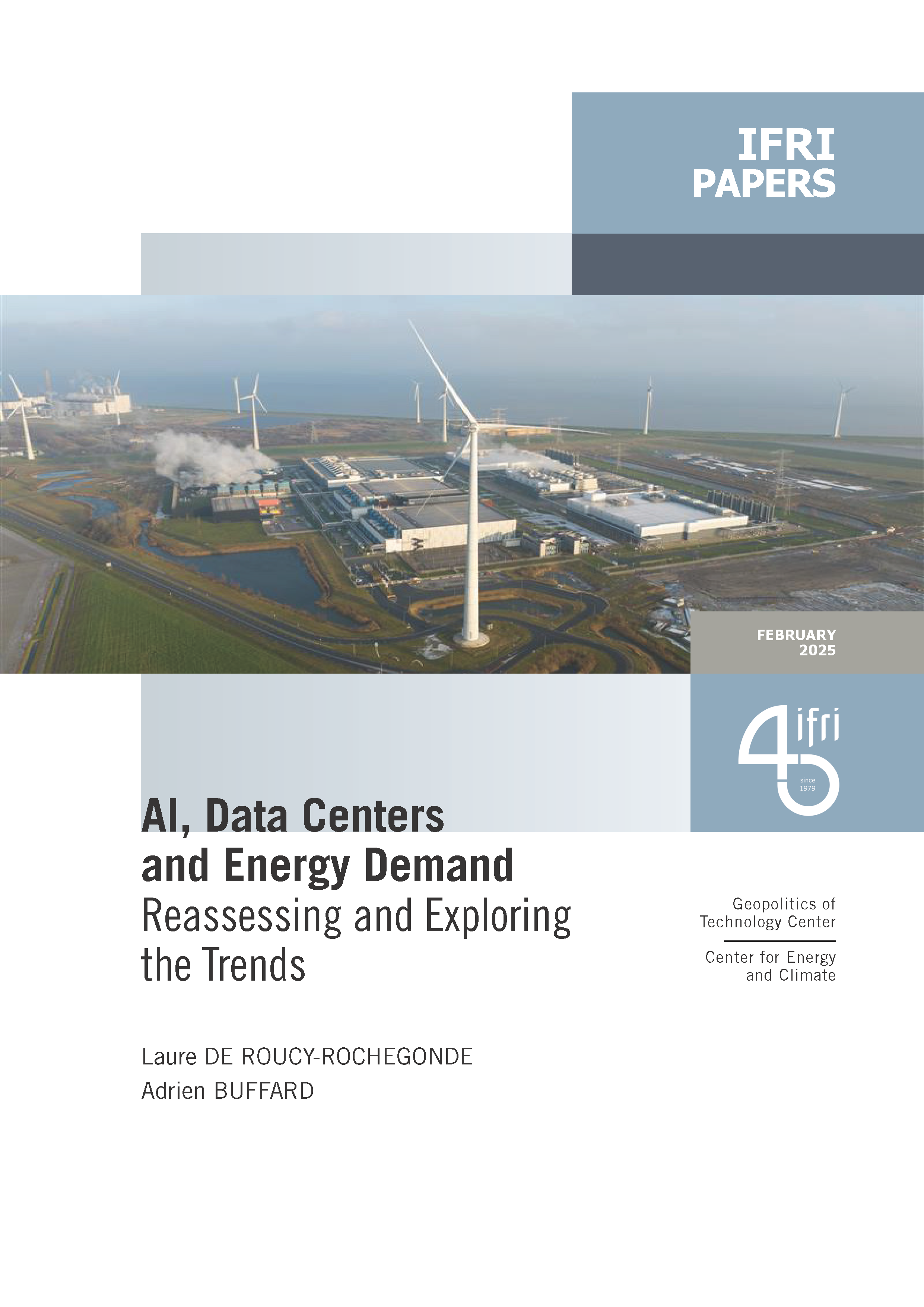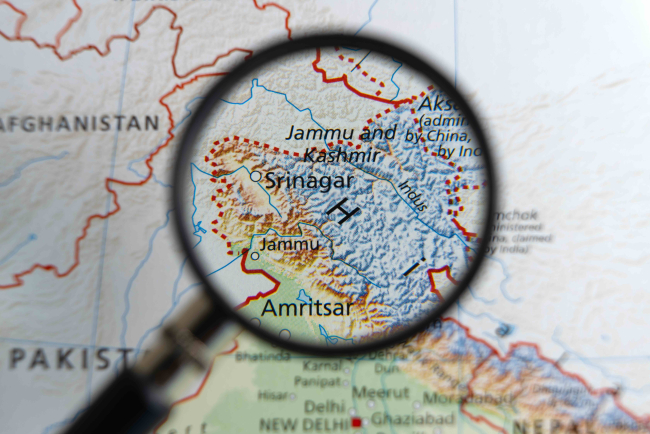France’s Indo-Pacific strategy: inclusive and principled

France’s recently launched Indo-Pacific strategy has attracted many critical and sarcastic comments.
Some Western analysts picture France’s move as a desperate (and vain) attempt to regain its past grandeur and most of them consider the strategy doomed to fail, while Chinese commentators criticise France for following in US footsteps to contain China’s rise.
France’s interest in what is now called the ‘Indo-Pacific’ region is nothing new. In 2008, the French White Paper on Defense and National Security pointed out that France should look beyond West Africa to the entire Indian Ocean and East Asia region. Five years later, the following edition emphasised again that the Indian Ocean, as the passageway between Europe and Asia, is becoming increasingly prominent and that France should seize opportunities that may emerge in this region.
France is a resident Indo-Pacific power. With territories in both oceans, France has 1.6 million citizens and many businesses in the region. Over 90 per cent of France’s Exclusive Economic Zone — also the world’s largest — is located in the Indian or Pacific oceans. French interests in this part of the world are significant.
The notion of the ‘Indo-Pacific’, however, is a new one. It was first championed by the French Navy and has now also been adopted in French diplomacy. French President Emmanuel Macron made a speech at Garden Island in Australia in May 2018 in which he referred very explicitly to an Indo-Pacific strategy. He then described his regional ambition in Asia in a speech to French ambassadors in late August 2018. More than a mere change in terminology, this reflects a new and more comprehensive vision of the Indo-Pacific.
What triggered the change in terminology and gave renewed momentum to France’s interest in the Indo-Pacific region is undoubtedly the rise of China and its increasing assertiveness which is perceived by many as a threat to multilateralism and the international rules-based order.
At the 2019 Shangri-La Dialogue, French Minister of Defense Florence Parly delivered the new version of the French defence policy in the Indo-Pacific, stressing the need to develop useful links and joint actions for shared security. It is with this objective in mind that the French Navy exercises its freedom of navigation through transit in the South China Sea.
In the defence sphere, the French strategy is based on strategic partnerships and arms agreements with countries such as India, Australia, Japan, Malaysia and Singapore. The objective is both to defend French territories and a rules-based order.
The Indo-Pacific strategy is not exclusively a military one. A companion document to the defence paper, issued by the French Ministry of Foreign Affairs, further describes the Indo-Pacific as a crucial region. It is the centre of global economic activities and of most trading routes, but it is also significant in terms of climate change and biodiversity because of its economic and demographic weight and its wealth of natural resources, including energy.
France’s priority is a stable, multipolar order based on the rule of law, the free movement of people and goods and fair and efficient multilateralism. The Indo-Pacific region is at the heart of this strategy. The objective of its Indo-Pacific strategy is manifold, protecting first the country’s interests in the region, but also global common goods and values through cooperation with like-minded countries.
The full article is available online on the East Asia Forum website.

Available in:
Regions and themes
Share
Related centers and programs
Discover our other research centers and programsFind out more
Discover all our analyses
RAMSES 2024. A World to Be Remade
For its 42nd edition, RAMSES 2024 identifies three major challenges for 2024.
France and the Philippines should anchor their maritime partnership
With shared interests in promoting international law and sustainable development, France and the Philippines should strengthen their maritime cooperation in the Indo-Pacific. Through bilateral agreements, expanded joint exercises and the exchange of best practices, both nations can enhance maritime domain awareness, counter security threats and develop blue economy initiatives. This deeper collaboration would reinforce stability and environmental stewardship across the region.

The China-led AIIB, a geopolitical tool?
The establishment of the Asian Infrastructure Investment Bank (AIIB) in 2016, on a Chinese initiative, constituted an attempt to bridge the gap in infrastructure financing in Asia. However, it was also perceived in the West as a potential vehicle for China’s geostrategic agendas, fueling the suspicion that the institution might compete rather than align with existing multilateral development banks (MDBs) and impose its own standards.
Jammu and Kashmir in the Aftermath of August 2019
The abrogation of Article 370, which granted special status to the state of Jammu and Kashmir (J&K), has been on the agenda of the Bharatiya Janata Party (BJP) for many decades.







